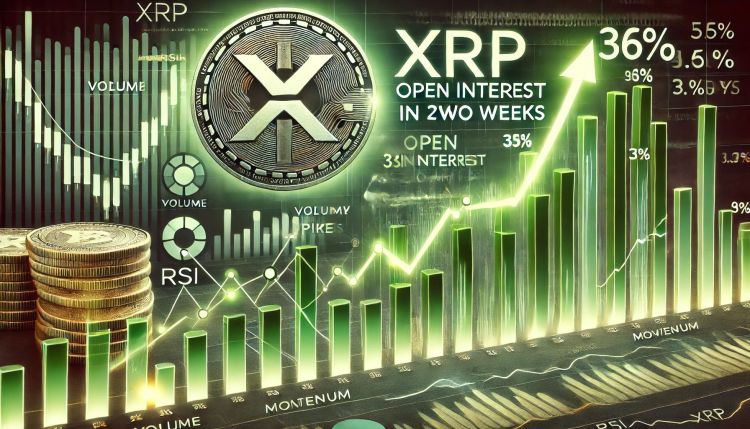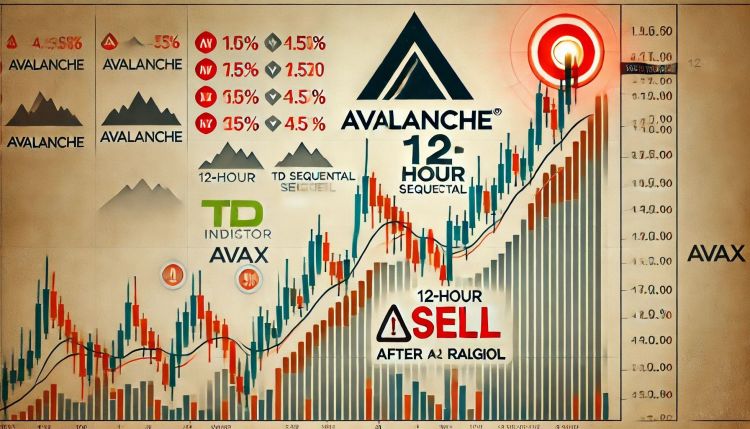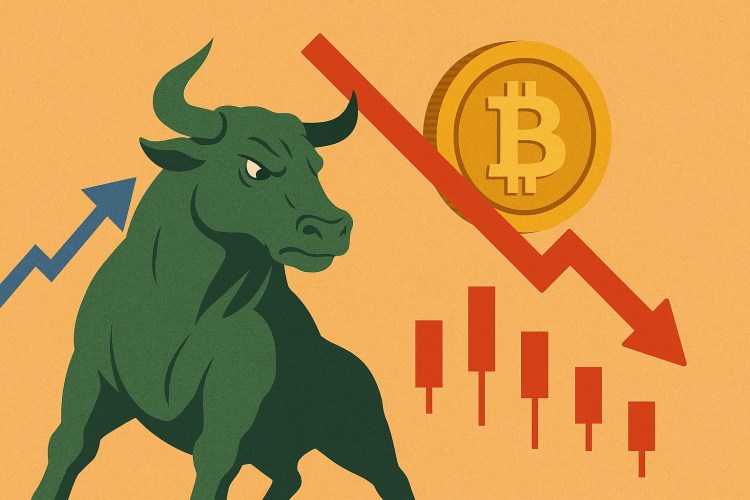Reason to trust

How Our News is Made
Strict editorial policy that focuses on accuracy, relevance, and impartiality
Ad discliamer
Morbi pretium leo et nisl aliquam mollis. Quisque arcu lorem, ultricies quis pellentesque nec, ullamcorper eu odio.
Harvard’s $37.1 billion endowment fund has reportedly invested $12.65 million in Blockstack.
The New York-based blockchain toolmaker lately applied with the Securities and Exchange Commission (SEC) to raise $50 million. The application submitted to the US securities regulator detailed the name of Blockstack’s advisory members. Among those names was Charlie Savaria, one of the recently appointed managing directors for the Harvard Management Company.
Mr. Savaria, according to the document, alongside other six advisory members purchased an aggregate of 95,833,333 BlockStack digitized equities, called Stack Tokens (STX). At the time of selling, the STX rate was $0.0132, meaning that Blockstack attracted as much as $12.65 million from its advisory board via the coin sale.
According to Anthony Pompliano, the co-founder of Morgan Creek Capital, Mr. Savaria could have at least invested $5 million in the emerging blockchain venture. NewsBTC could not verify the amount at the time of this writing.
BREAKING: Harvard’s endowment invested $5M – $10M directly into Blockstack’s token sale.
This means that one of the leading university endowments is comfortable holding tokens directly.
THE VIRUS IS SPREADING 🔥
— Pomp 🌪 (@APompliano) April 11, 2019
Launched by computer scientists from Princeton University, BlockStack is developing a privacy-focused internet harnessing the underlying features of the blockchain technology. The startup already features 80 applications that do everything from managing work documents and offering subscription-based content services in a decentralized environment.
Blockchain raised $50 million last year in a venture investment round from Union Square Ventures, Y Combinator, Lux Capital, Naval Ravikant, and others.
Blockchain Unfenced
Harvard’s alleged investment in a blockchain startup followed its capital injection into two cryptocurrency funds last year. The outlook proved the university was gradually increasing its stakes in the blockchain industry despite skepticism. First Round Capital, for instance, surveyed 529 startup founders last December. It found that 87 percent of the respondents did not believe blockchain will succeed.
“Projects based on the elimination of trust have failed to capture customers’ interest because trust is [actually] so damn valuable,” stated Kai Stinchcombe, the co-founder, and chief executive of True Link.
Nouriel Roubini, a US-based economist who rightly predicted the 2008 financial crisis, said the blockchain’s recordkeeping ledger was no better than an MS Excel sheets.
Why blockchain is the most useless and over-hyped technology ever. Not a single properly useful and working application after billions literally wasted on vaporware by a self-serving eco-system.
The Big Blockchain Lie by Nouriel Roubini @ProSyn https://t.co/nqC2FsJtPl
— Nouriel Roubini (@Nouriel) January 10, 2019
The criticism was not able to put fences around the blockchain, anyway. The world kept taking notice of the technology’s trend, leading tech companies like IBM and Intel launching new projects in the space. Even banks like JP Morgan, that were once critical of Bitcoin, an open-source, decentralized payment protocol system based on the blockchain, announced their services powered by a similar tech – albeit closed-source.
Harvard’s alleged investment proved that investors were beginning to look beyond criticism and make the most out of the so-called blockchain frenzy.
Blockchain-Not-Bitcoin
Does the Blockstack funding round mean anything to bitcoin? Not in near-term at least.
The startup’s crowdfunding does not hold any promises to the most dominant asset in the cryptocurrency world. It is a straightforward fundraiser that focuses on raising capital so a startup could create its products and distribute its earnings among the stakeholders – the ones with the proof-of-ownership of STX tokens. Bitcoin does not get a mention anywhere.
Nevertheless, the report helps in making a case for Bitcoin’s long-term potential in the industry. It allows institutional investors to study its underlying technology and make their investment decisions accordingly.



















